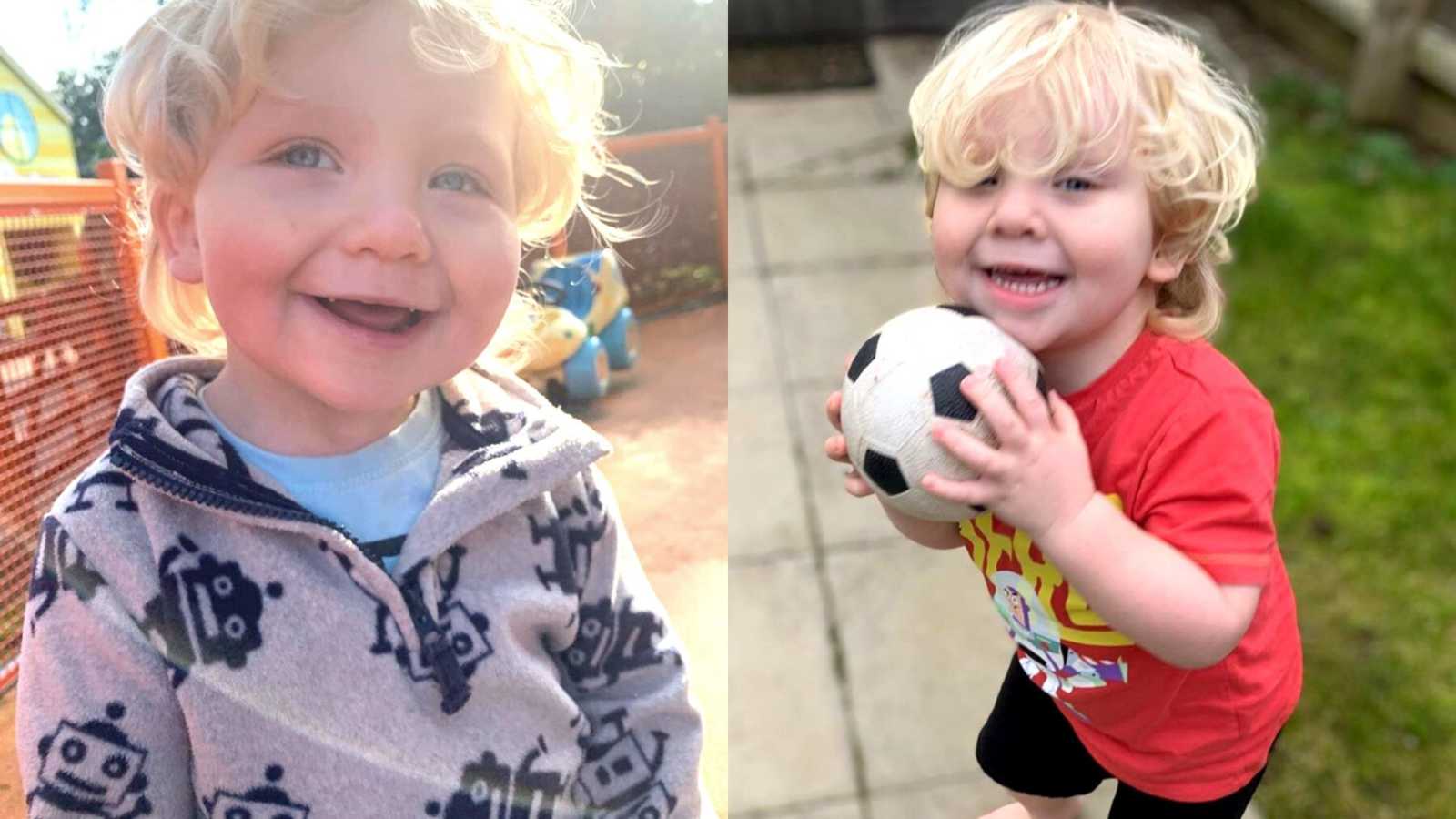Severe Sleep Disorder
“Jenson was just 2 weeks old when we told our health visitor what we had known since day one: our beautiful boy was different. From the minute Jenson came home from the hospital, he just screamed and screamed. He wouldn’t sleep no matter how much milk, love, cuddles, or gadgets we brought. Nothing would stop the nonstop screaming. Jenson was not our first baby. We knew what to expect, or so we thought. However, he was clearly in pain and troubled. His face showed us this and nothing we could do would take that away. It was heartbreaking.
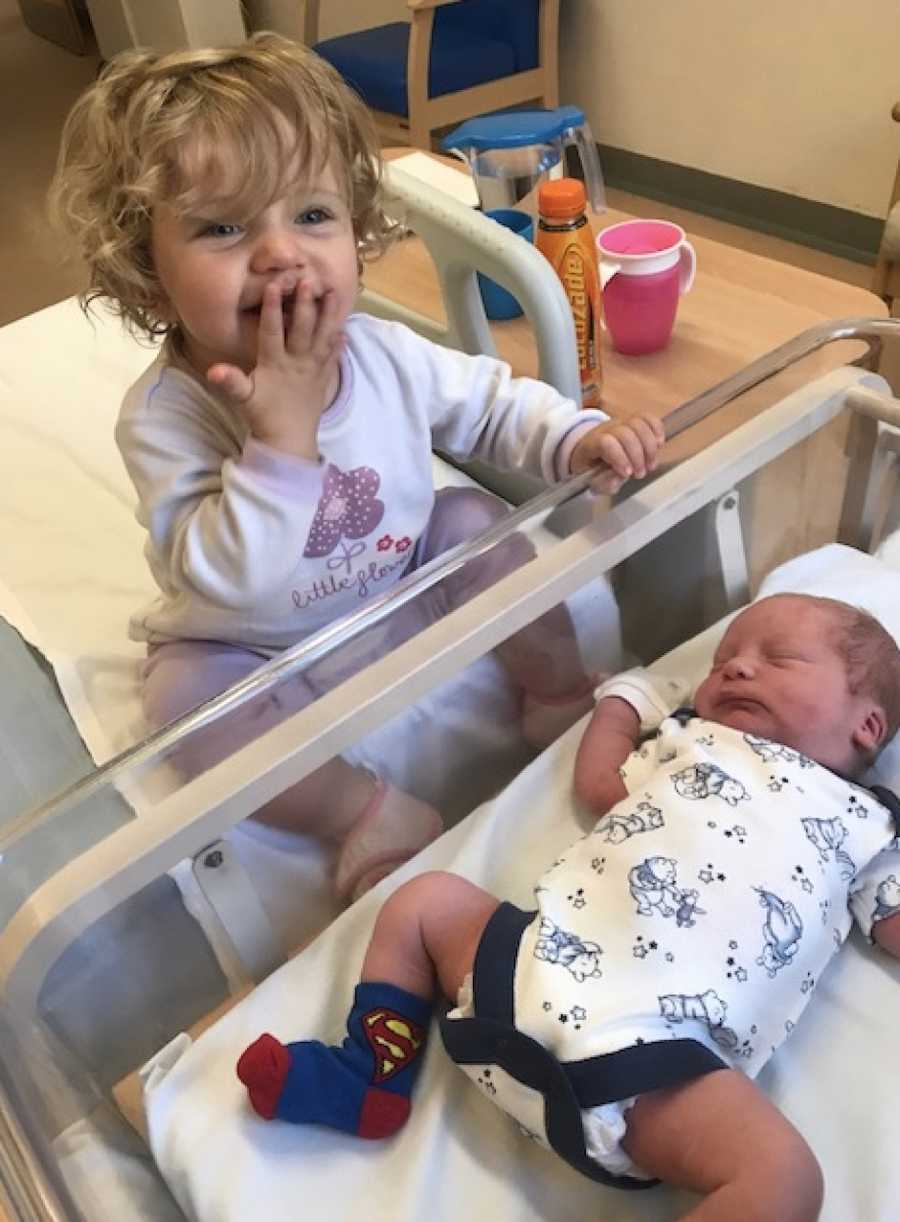
We found ways to comfort him: sleeping sat up on the sofa, baby massages, changing his milk to lactose-free as the health visitor suggested. We lived in the doctor’s almost every other day, trying desperately to get help for Jenson. All we were told was, ‘It’s a phase, he will grow out of it,’ but deep down, we knew this wasn’t the case. The challenge, now, was trying to convince the medical professionals of this when we had no idea what we were dealing with. The first 12 months were about surviving any way that we could, often power napping when we had the chance. Jenson didn’t sleep for more than 3 hours each day, and he still doesn’t.

You see, what we now know is Jenson has a severe sleep disorder that causes him to wake up almost every 30 mins. He doesn’t experience a deep sleep and survives off roughly 3 hours of broken sleep. The problem is, we have to as well. In the first 12 months, we shut everyone away, becoming hermits. We had Jenson’s issues, as well as a 1-year-old baby, Lottie, and two teenagers to handle. Including work and everything else, we had no time or energy for any friends or doing things.
It was at 12 months, things started changing. We realized if we wanted answers, we would have to fight for them and not give up. Something had to change. Jenson was in constant pain and suffering and we couldn’t let that carry on. We completed his 12-month check just before the health visitor appointment, and that’s when it hit us smack in the face. It was a lightbulb moment. As we worked through the questionnaire, we realized that Jenson was nowhere near hitting any developmental milestones. It was scary how far he was.
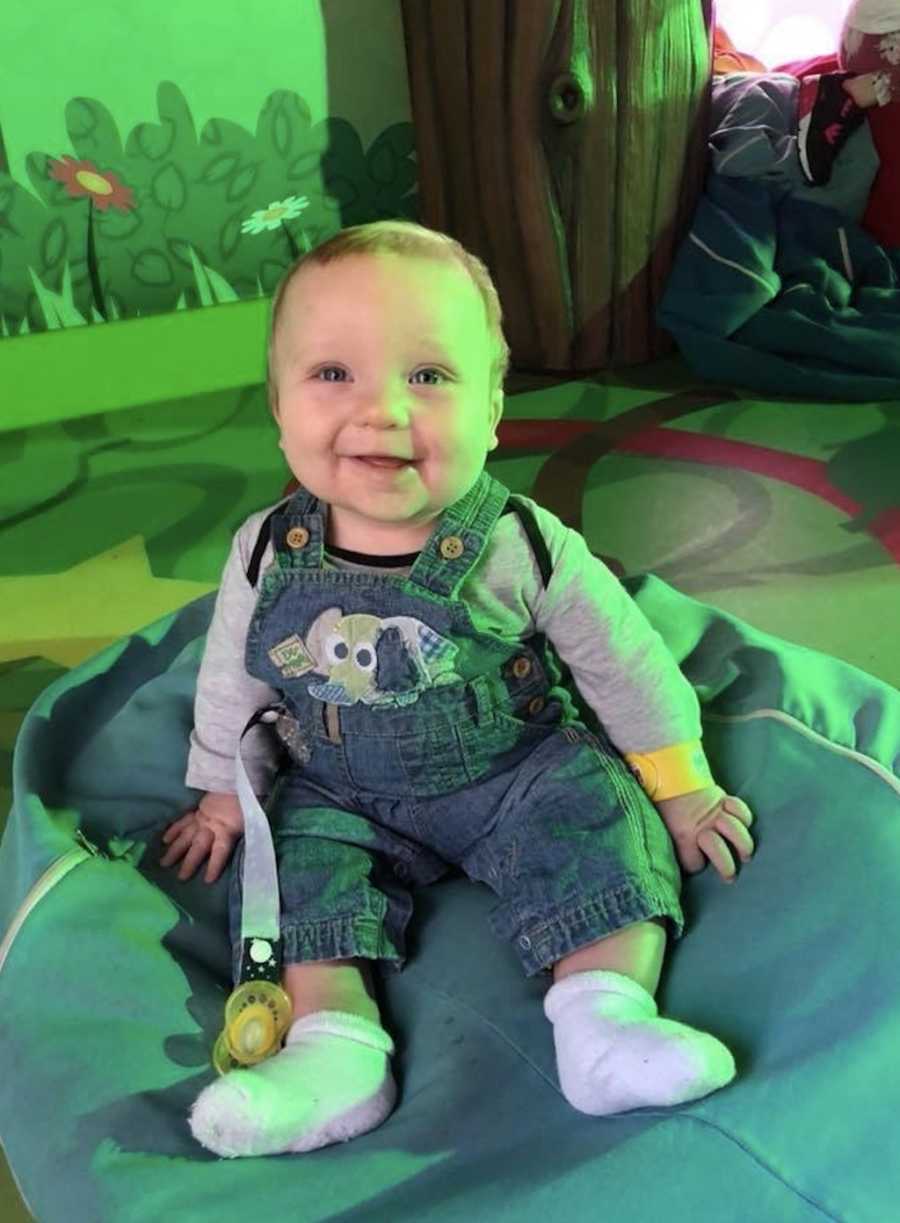
Severe Sleep Disorder Research
We sat down together and realized we were dealing with something more than a milk allergy or constipation, which was what was suggested was wrong. We were dealing with something bigger. We started doing the research before the appointment, seeing what was out there and possibilities as to what his problem could be, but it was difficult due to his age. We looked at all the things that were happening: he didn’t talk, he didn’t mix at the playground. He just ran around on his own, circling the room, not smiling or making eye contact, screaming.
The health visitor scheduled the appointment for 18 months and went through the questionnaire with us. By now, we were prepared and had accepted that he was different. All of the research had led us to the autism spectrum. Every questionnaire we had filled out all said the same: that he was showing classic signs of autism. We sat with the health visitor. She agreed and also supported referring him to a pediatrician. Then it was a waiting game, due to his age and lists. We waited for 6 months with nothing really changing. He still wasn’t sleeping and still was screaming all the time. His development was still behind. The only thing he did do was walk, but even that was done running, not walking. He wouldn’t wear any shoes or socks, and getting him dressed was a battle.

Once we got the first pediatrician appointment and spoke at length about Jenson, we started making progress. The pediatrician listened to what we had to say and started the ball rolling with what we could do and what his future looked like. As she put it, Jenson is a really complex little boy. Jenson is now diagnosed with global developmental delay, autistic traits, and is started on the umbrella pathway to being diagnosed officially. He has a severe sleep disorder and major sensory issues that stop him from wearing long sleeves, shoes, and socks. He doesn’t paint or do messy play. He can’t hold hands and he is mute. We have now got a few words out of him, but only one-word sounds and not in the right context. He can’t walk outside due to his sensory issues, so he is now in a disabled buggy to get him about. With all of this, we had to make some massive changes to our family life. Jenson has affected everything we do as a family. His meltdowns can stop us from doing things and sometimes, we can be confined to the house. Everything we do is done considering how Jenson will react. We either have to do things he enjoys or separate the family up to do things, which isn’t easy to bear.
The arrival of Giovanna in 2018 meant we were also faced with three children under three years old and one of those with special needs. We got the teenagers to start helping with Jenson, teaching them about how he is and what he’s like. However, the biggest thing was when Lottie, who is now three, described Jenson one day as ‘her brother who is poorly on the inside.’ It was then we realized she had accepted his hidden disabilities. We have adapted our sleep so we tag-team it, taking turns to be up with him and making sure we both get enough rest since we know he won’t sleep through the night. The biggest thing we found was how alone we felt. There was no real advice or help for us. It was almost not spoken about. We set up Jenson’s page to tell people of our story, and how it affects us as a family so people know they are not alone. Since then, his page has helped families get help and raise awareness of hidden disabilities and how they affect families.
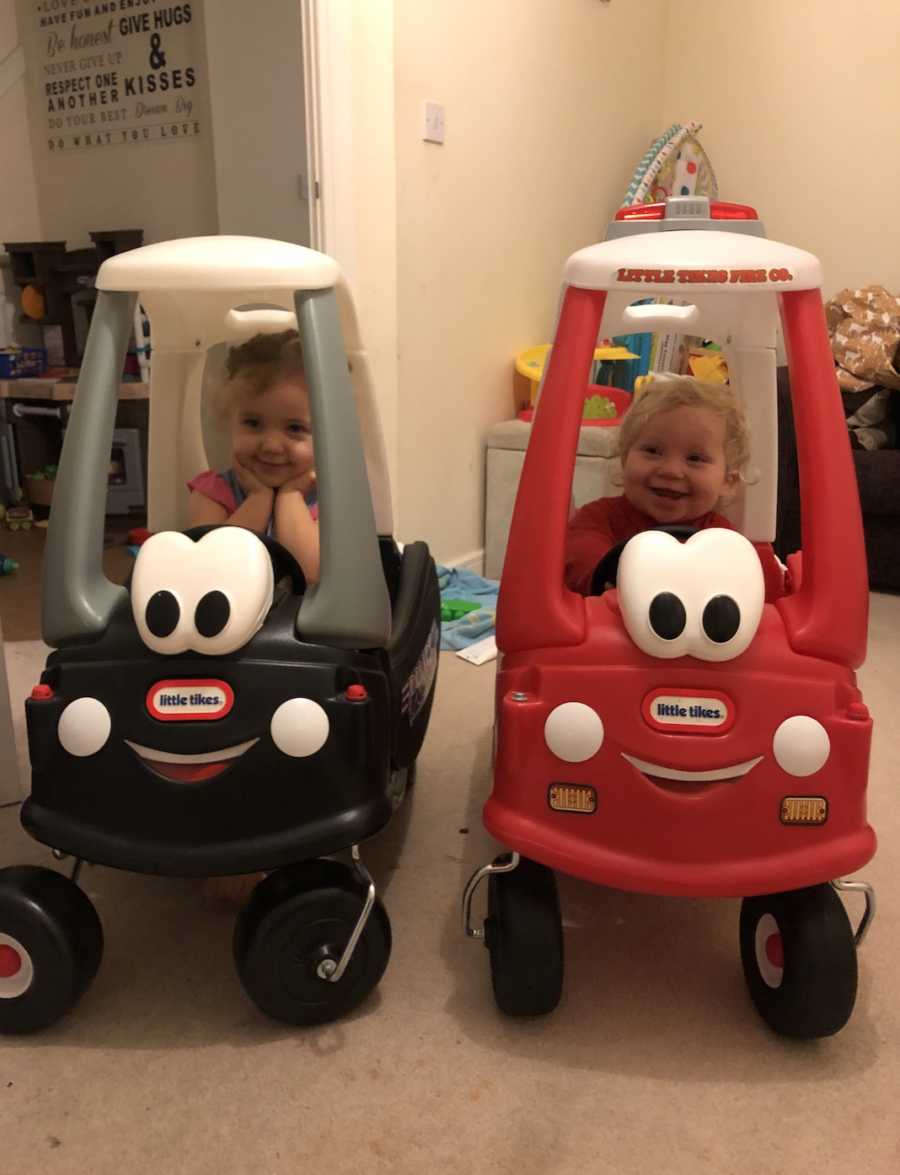
Hidden Disability Awareness
One thing that is important to us is awareness of hidden disabilities, as not enough is being done to help. We have run into numerous issues with Jenson and cases where people do not treat it seriously enough. We recently decided to go on holiday, since it’s important we do things as a family. Naturally, we were nervous about it. We spoke to the airline and the airport in advance and were relieved to know they had a scheme to help hidden disabled guests through the airport and on the flight. We turned up at the airport quite confident we had things in place. We had booked Jenson into the special assistance scheme and the travel company had told the hotel about his needs.
We got to the airport and checked into special assistance. That’s when the trouble started. Instead of getting assistance, we were just pointed to the check-in desk, where we struggled with our bags and two pushchairs, holding onto Lottie as well. We checked the bags in and were told someone would help us into the plane. We went to the assistance point where a gentleman said to follow him to the gate. At the gate, they took all of the passengers in wheelchairs on board a bus to load them on but left us with everyone else. We were put on the back of a bus with his buggy and squashed to the point where we couldn’t move, which is Jenson’s nightmare. We were then loaded onto the plane last, folding up his pushchair and speaking to the crew to make sure it would be there at the end of the flight, straight away, as Jenson needs it. We were reassured it would be.

We landed and were taken off with the passengers, while all of the other assistance guests were left on the plane. Waiting for assistance to find his disabled buggy, we had been sent with all of the other buggies and luggage to the main terminal. With Jenson in my arms, bearing in mind he’s now over forty pounds, we had to walk for what felt like forever through passport control with him biting, hitting, and screaming as he does when he’s upset to get his buggy and all of his stuff. Luckily, we had already booked a private transfer to the hotel, since we knew he wouldn’t cope with a bus and all the people. When we retrieved all of the luggage, the ride was quite smooth.
We actually had a really good week with him and the babies. The hotel had put us on a floor next to an elevator, which was great. There were no neighboring rooms which, again, was great for when he screamed and couldn’t sleep. We could eat outside with his tablet to watch to keep him calm. The only issue we had was on the last night when he ran out of milk. The reception wouldn’t give us any, as they said they couldn’t get any at 12:40 at night. This meant the last night before we traveled home was horrendous. We got to the airport and, again, checked in to special assistance, having made them aware of what happened on the way out. We were assured it wouldn’t happen again.
We were taken to security by an assistance person and then had a nightmare. When we went through security, the person in front had a suspicious item, so they kept putting the suitcase through the X-ray machine. They wouldn’t just let us put his buggy through. We had to wait with Jenson on our lap while this was going on, causing a massive meltdown and making him really upset when we boarded the plane.
On the plane, he was upset and screaming. Thus came the sarcastic comments from the gentleman behind us. This is often the case when people mistake his disabilities for a naughty child. We had comments like, ‘Can’t you control him?’ ‘Should have brought my headphones,’ and just general muttered-under-the-breath comments. This caused me to get angry and upset, turning around to the person and informing them, ‘He is, in fact, disabled and not just being naughty.’
When we landed, we were kept behind correctly this time and waited for his buggy. Once again, this didn’t come. The assistance guy turned up and said, ‘Let’s wait at the end of the gate,’ claiming he would get it before we went to passport control and luggage. After sitting there in a corridor for thirty minutes, we had to ring the airport and see what was going on. We were told the buggy had gone back to the main area again. Another fifteen minutes passed while it got recovered, meaning when we got to our luggage, the police were guarding it as it was an unclaimed bag and a security risk. All in all, the airport showed us, while there had been an improvement in hidden disabilities treatment, there is still so much more to be done to educate everyone involved to make it a better experience.
So, what have Jenson’s disabilities taught us? Well, they have actually taught us so much as a family. Yes, we have had to make changes and sacrifices, but his disabilities have taught us to appreciate everything. We celebrate every little milestone like it’s a lottery win. We have brought a much better balance to our family by prioritizing family over anything. We have learned who our true friends are and we make sure everything we do is little steps towards making Jenson’s life better for the future.”
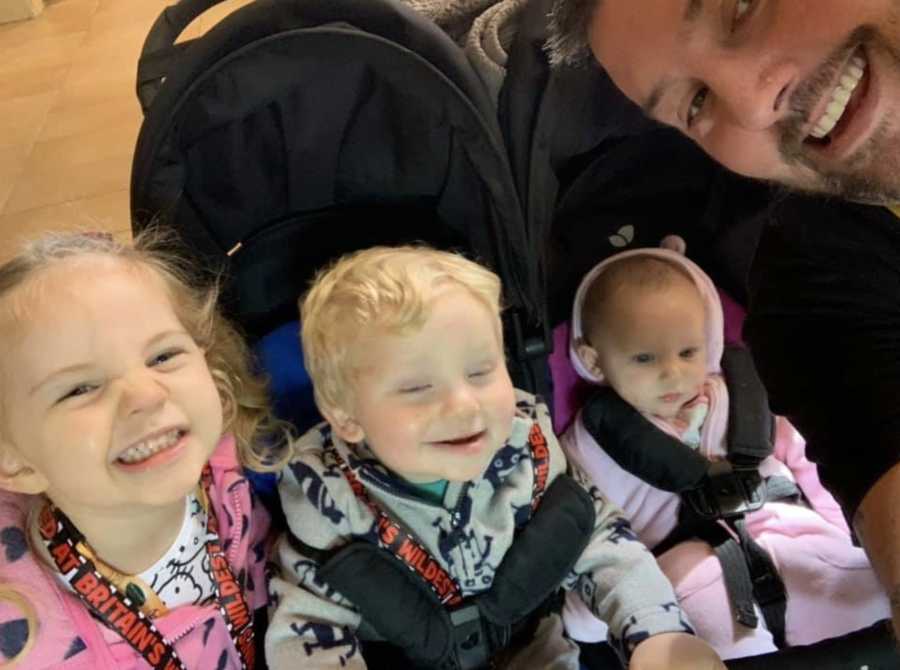
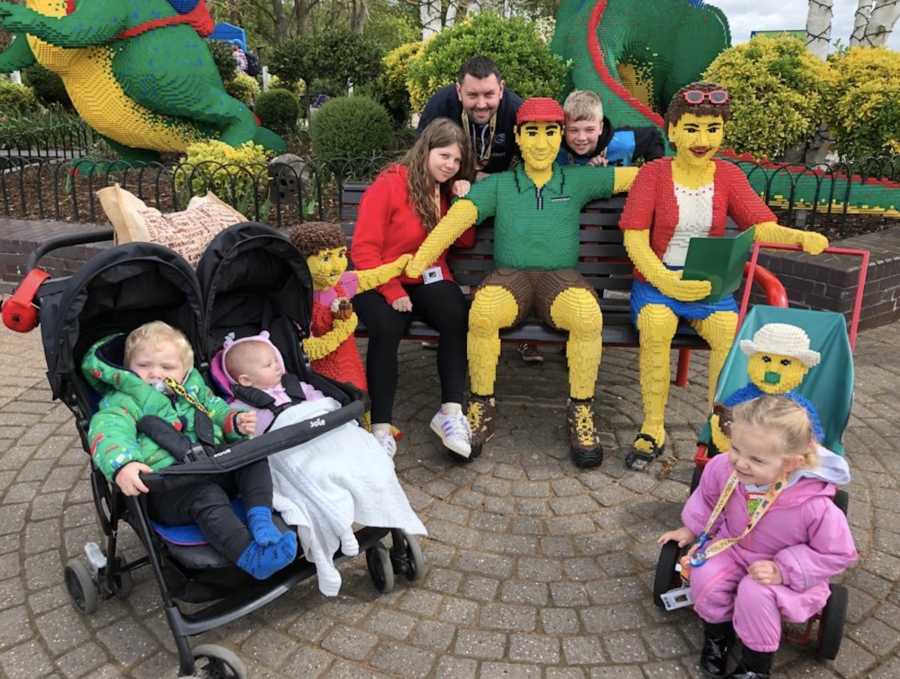
This story was submitted to Love What Matters by Terry Widdows. Follow Jenson’s journey on Facebook and Instagram. Do you have a similar experience? Submit your own story here. Be sure to subscribe to our free email newsletter for our best stories, and YouTube for our best videos.
Read more touching family stories here:
Provide inspiration and strength for others. SHARE this story on Facebook with your friends and family.

